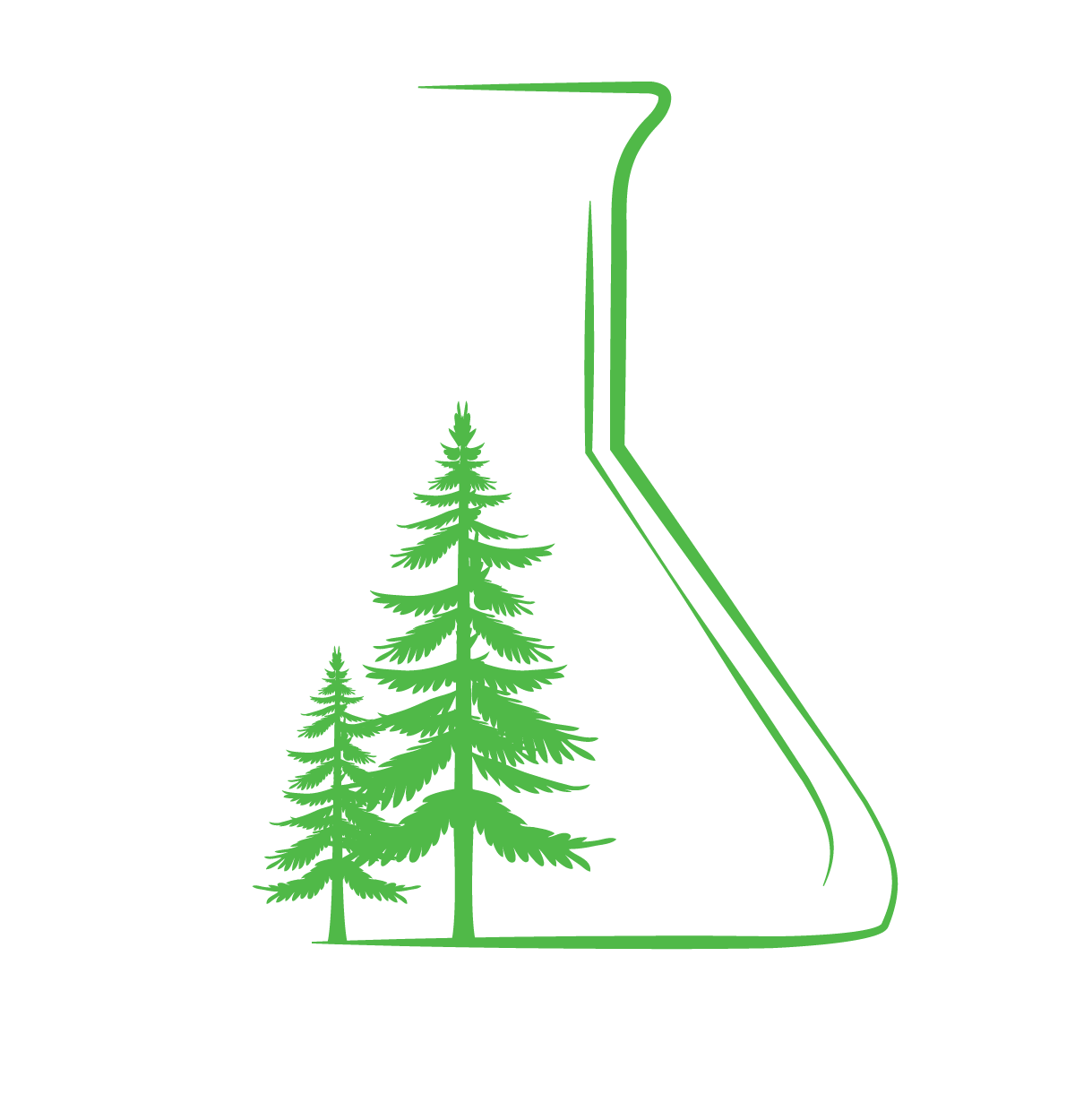USP 51: Efficacy Testing of Preservatives in Soaps, Cosmetics,and Pharmaceuticals.
- Twin Arbor Labs

- Jul 16, 2020
- 2 min read
Updated: 2 days ago
If 2020 has taught us anything, it is that bad germs are out there. But how do we know our consumer products are not becoming contaminated? Don't worry. We've got that covered.
Here are Twin Arbor Labs we can test the efficacy of the preservatives used in your personal care, cosmetics, and pharmaceutical products by utilizing method USP 51. For this test we challenge the product by spiking in different bacteria, yeast, and molds to determine how well the preservative maintains its stability over time. This is important for consumer safety & determining shelf life of the products, reassuring consumers that their trust in the products is valid. Due to microbes' amazing ability to evolve quickly, manufacturers are constantly needing to ensure their formulations are remaining strong in the fight against contamination.

Prior to the efficacy study, a neutralization validation study must be completed. This is required to effectively count the number of viable organisms remaining in the product at the specific time points. Neutralization can happen one of two ways: by chemical or by dilution. Chemical neutralization requires more involvement by ensuring the chemical neutralization is not toxic to the cells. This is important to establish as this can create a false belief that the preservative is effective when in fact it could be the neutralizer killing off the cells.

USP 51: This test traditionally covers 3 bacteria and a yeast and mold. (Escherichia coli (E. coli), Pseudomonas aeruginosa, Staphylococcus aureus (Staph), Candida albicans, and Aspergillus brasiliensis). The Microbial Lab Director and team will monitor preservative effectiveness and stability at days 7, 14, and 28. Twin Arbor has the capacity to test additional time points and microorganisms if requested.




Comments